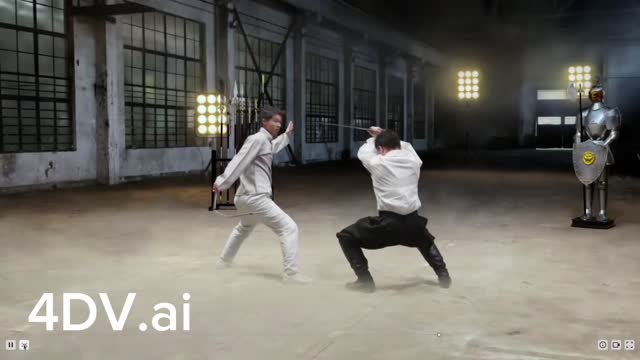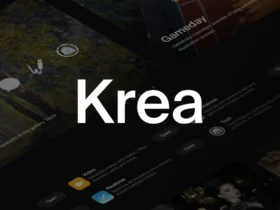Introduction: A New Dimension in AI-Powered Video
Imagine watching a video—and being able to freely move the camera, zoom in or out, or change perspective in real time. That’s now possible thanks to 4D Gaussian Splatting (4D-GS)—a groundbreaking technique that transforms ordinary 2D videos into dynamic, volumetric 4D experiences. The Chinese startup 4DV.ai has just released a powerful, browser-based implementation using this technology. This could revolutionize how we create, consume, and interact with visual media.
What Exactly Is 4D Gaussian Splatting?
At its core, 4D-GS builds upon Gaussian Splatting, a real-time rendering method that represents scenes as collections of small 3D ellipsoids with position, orientation, and color. These “splats” efficiently model volume, light, and dynamic changes.
The “4D” component introduces time—allowing the system to represent moving scenes, like people walking, objects rotating, or environments changing, while maintaining full visual fidelity. This turns static captures into interactive timelines you can explore.
2. 4D Gaussian Splatting example: pic.twitter.com/OQQIXvnoWF
— el.cine (@EHuanglu) June 7, 2025
4DV.ai’s Web-Powered Experience
The startup 4DV.ai (available at https://www.4dv.ai/) has brought this technology directly to the browser, using the PlayCanvas engine. Anyone can now upload a video or capture a moment using cameras—and convert it into an explorable 4D scene, complete with synchronized audio.
In practical terms, that means you can pause a scene, rotate your view, zoom into details, or replay it from an entirely different perspective—all within a simple web interface.
Why It’s a Game-Changer
Dynamic Viewing Experience
Video is no longer limited to one angle or fixed perspective. You can change how you view content on the fly.
Real-Time Rendering
Thanks to optimizations in hardware and rendering, scenes can be generated and displayed in real time, even on consumer GPUs.
Immersive Possibilities
4D content can enhance AR/VR experiences, enable real-time interactive education, or reinvent how we shoot and edit film.
Low Friction for Creators
Instead of complex 3D reconstruction pipelines, creators can simply record with multiple cameras and let the AI do the heavy lifting.
How It Works (Simplified)
The process begins with multiple cameras capturing a scene over time. These images are transformed into thousands of tiny “gaussians” that exist in space and time. A neural network predicts how each point moves or evolves.
When it’s time to view the content, the system selects a specific moment and angle, reconstructs the scene from that point of view, and renders it on your screen in real time.
Real-World Applications
- Cinema & Entertainment: Directors can shoot scenes once and choose angles later. Viewers may eventually “direct” their own perspective in movies.
- Virtual Production: Entire environments can be generated once and reused in 3D space.
- Education: Lessons, science experiments, or performances can be experienced in-depth from different viewpoints.
- AR/VR: Fully immersive environments can be streamed with high performance.
Conclusion: The Future of Interactive Video Is Here
4D Gaussian Splatting feels like a leap in how we perceive video—not just something we watch, but something we explore. With 4DV.ai leading the way, this technology is now accessible in your browser. What was once possible only in high-end studios or research labs is now just a few clicks away.
We’re entering an era where scenes are not just recorded—they’re captured in time and space, ready to be revisited, relived, and reimagined.
If you’re working in AI, media, gaming, education, or XR, this is one breakthrough you won’t want to ignore.















Leave a Reply